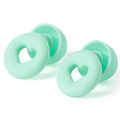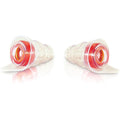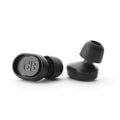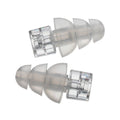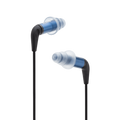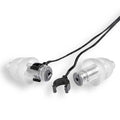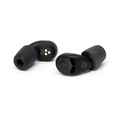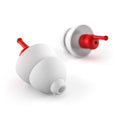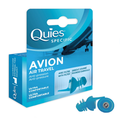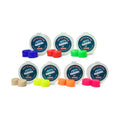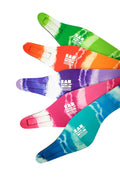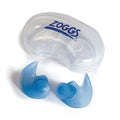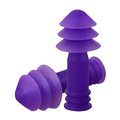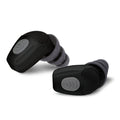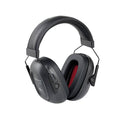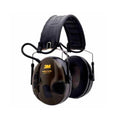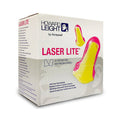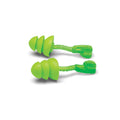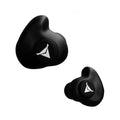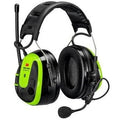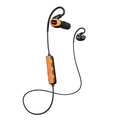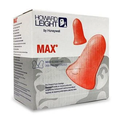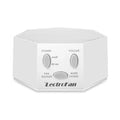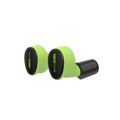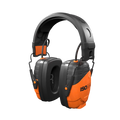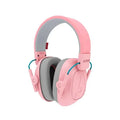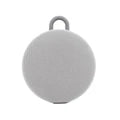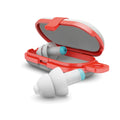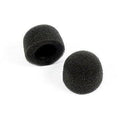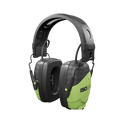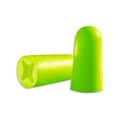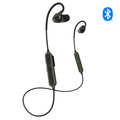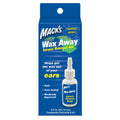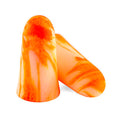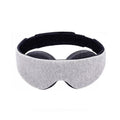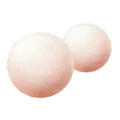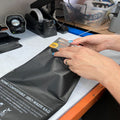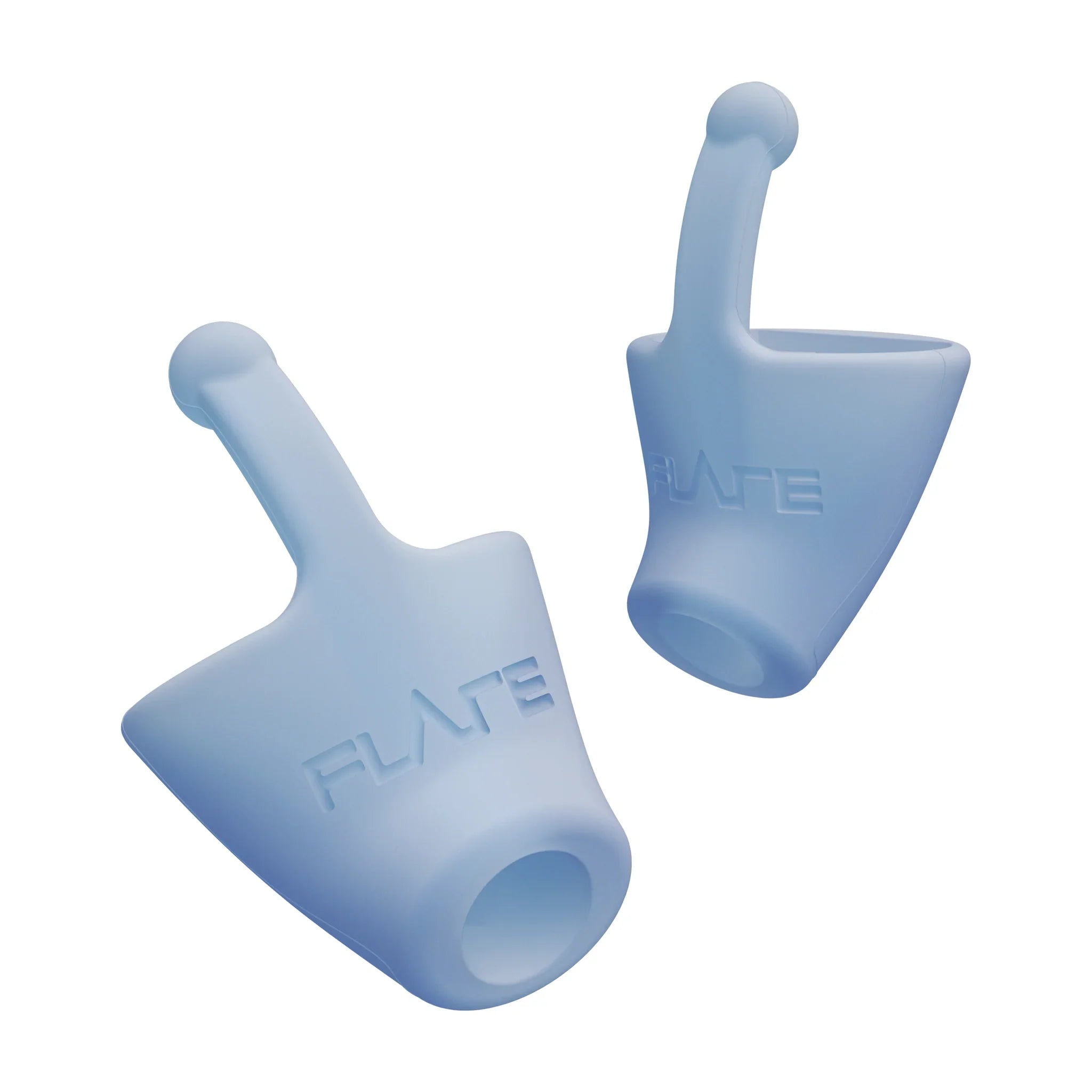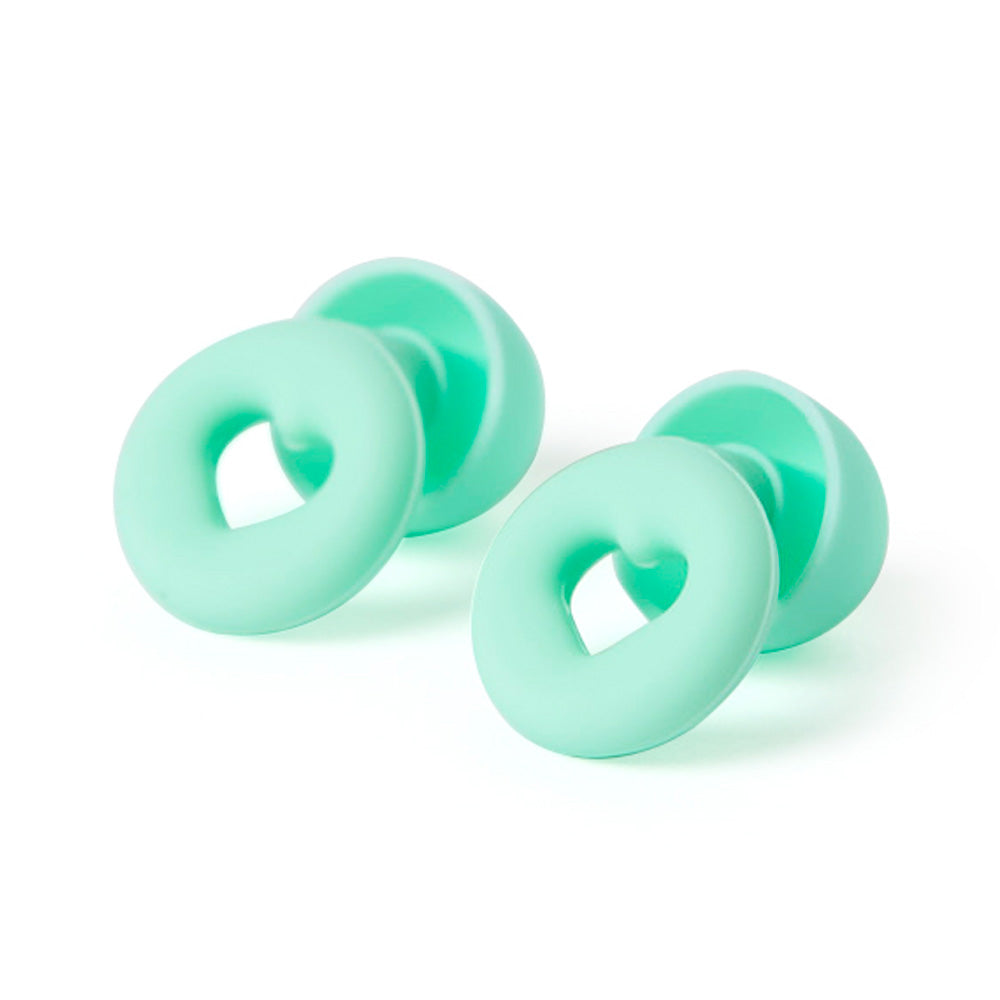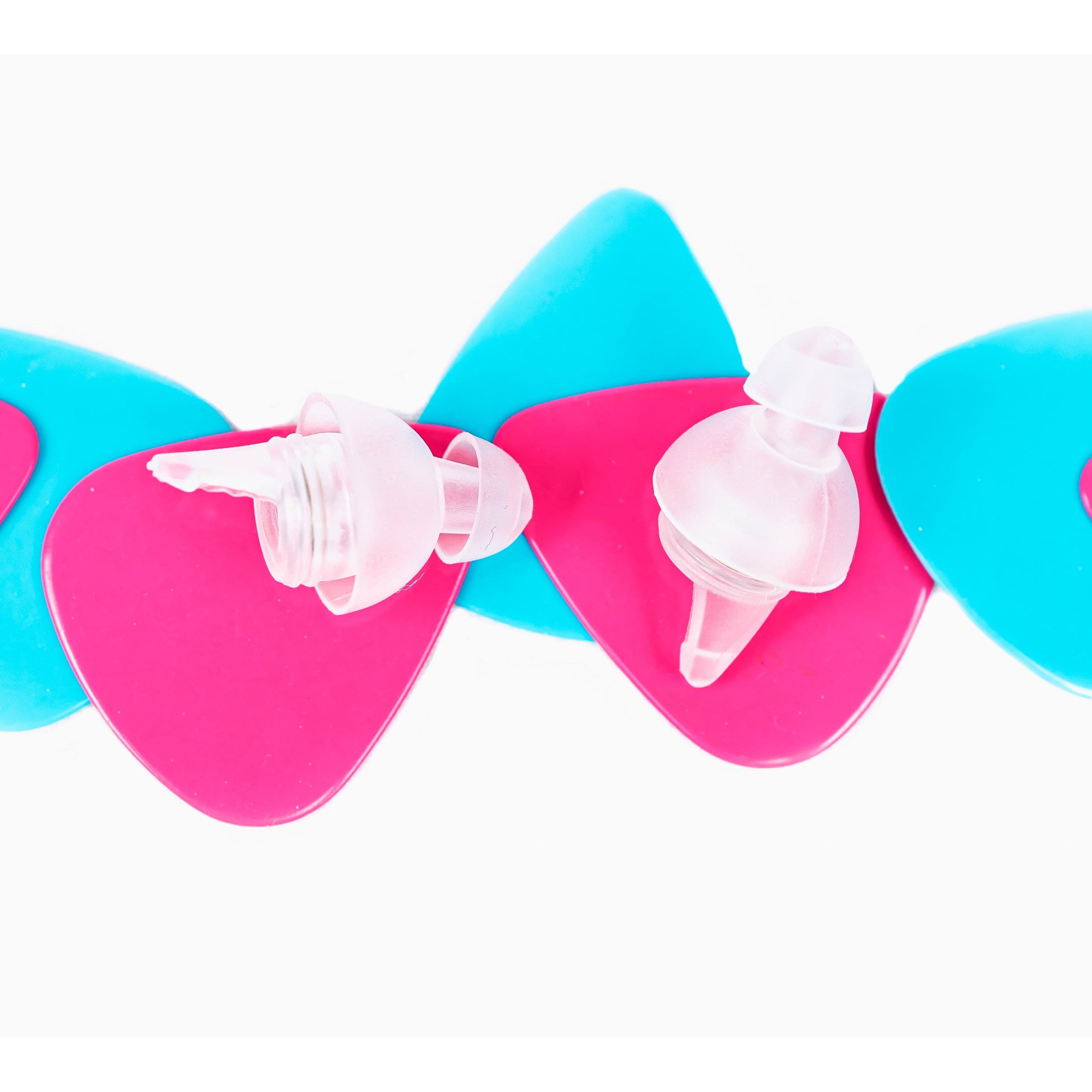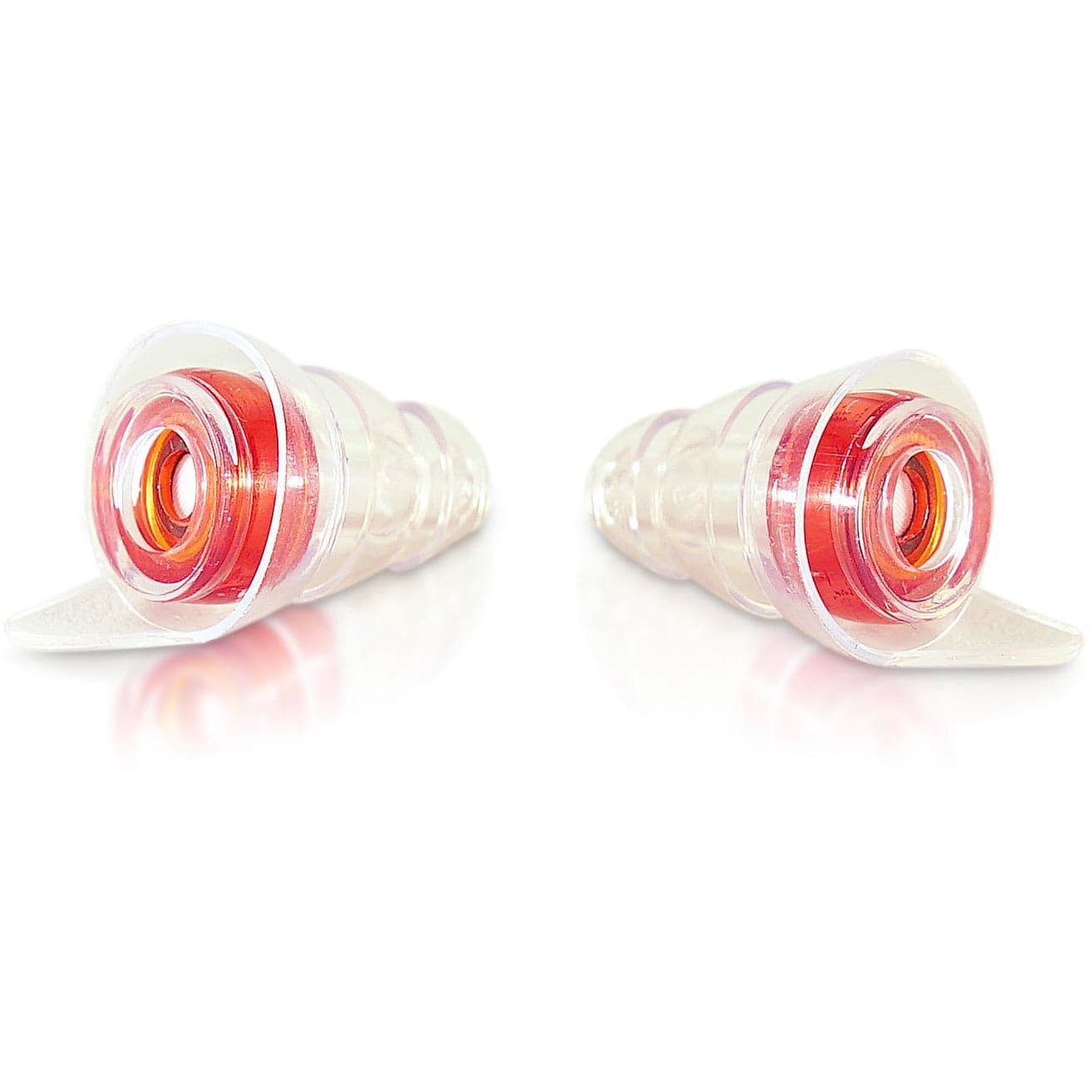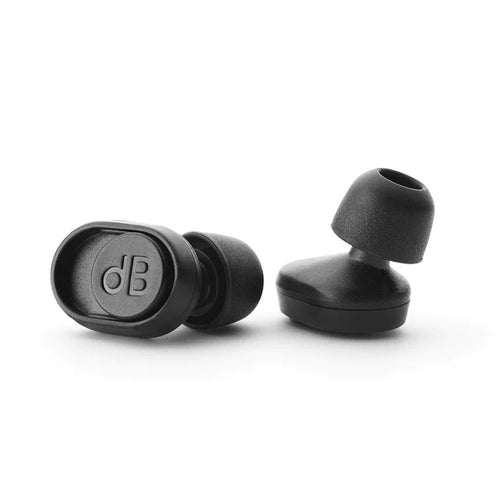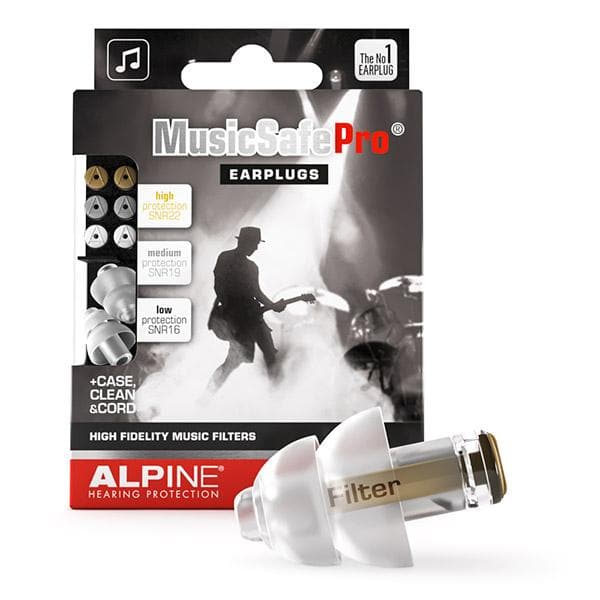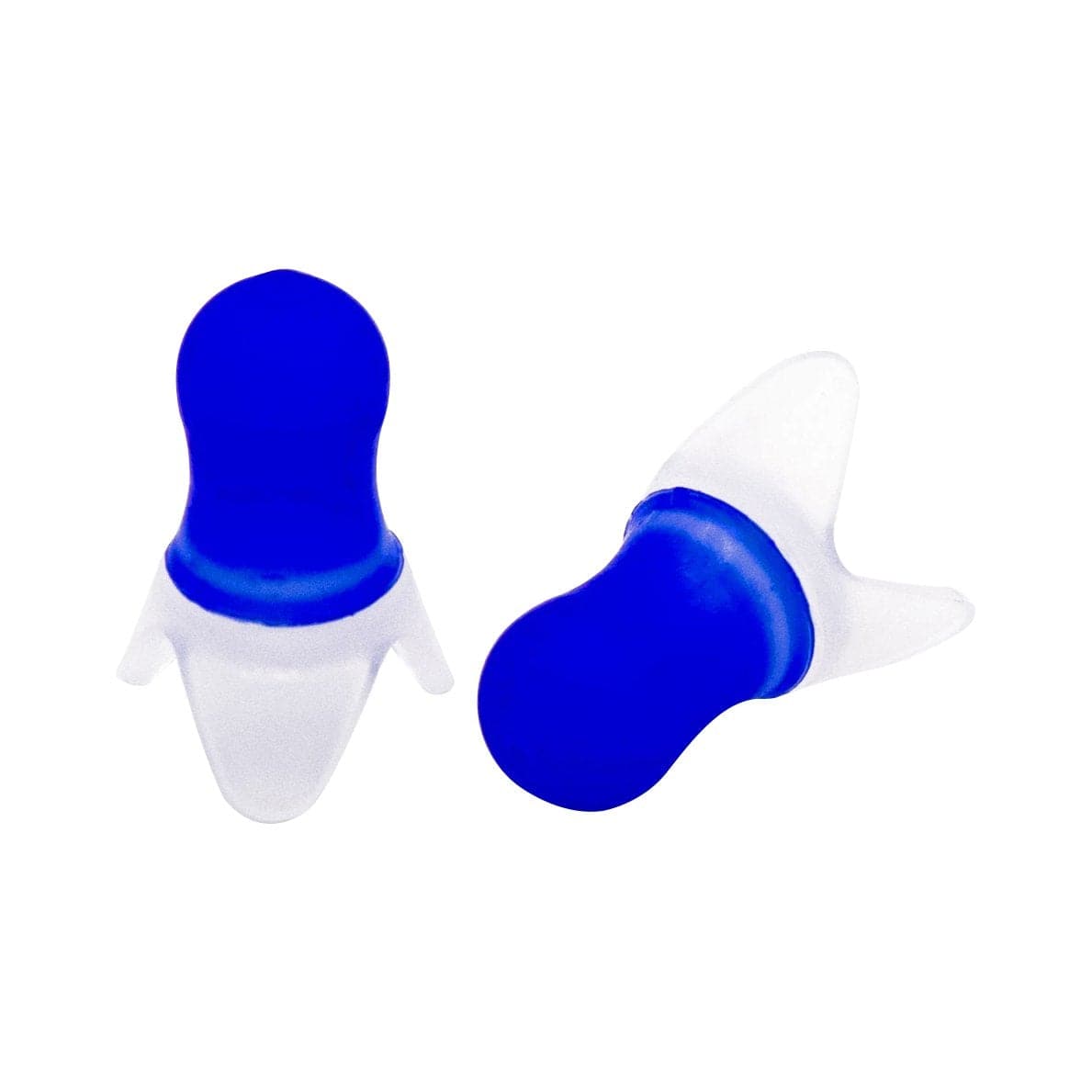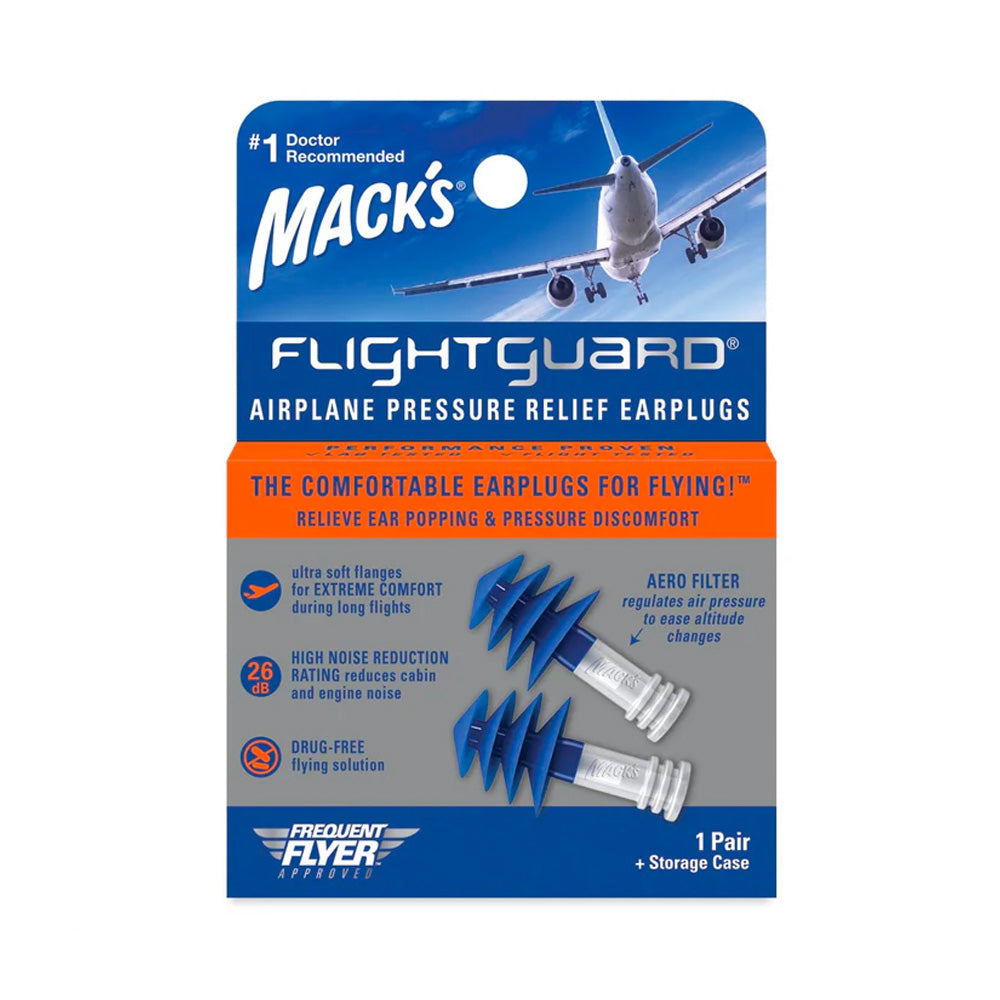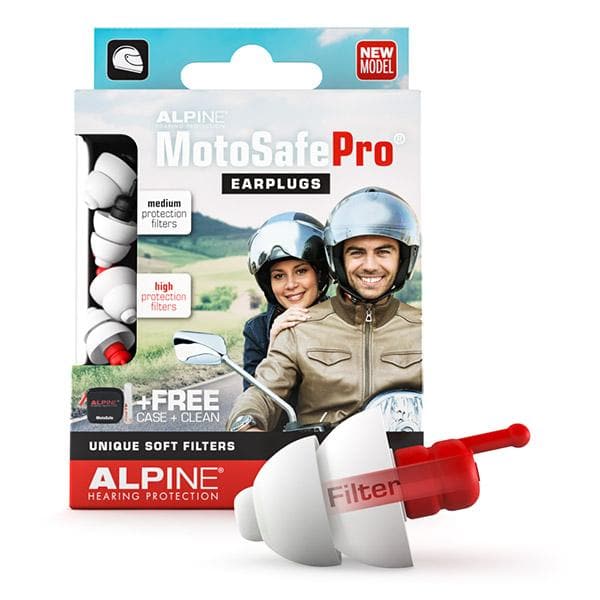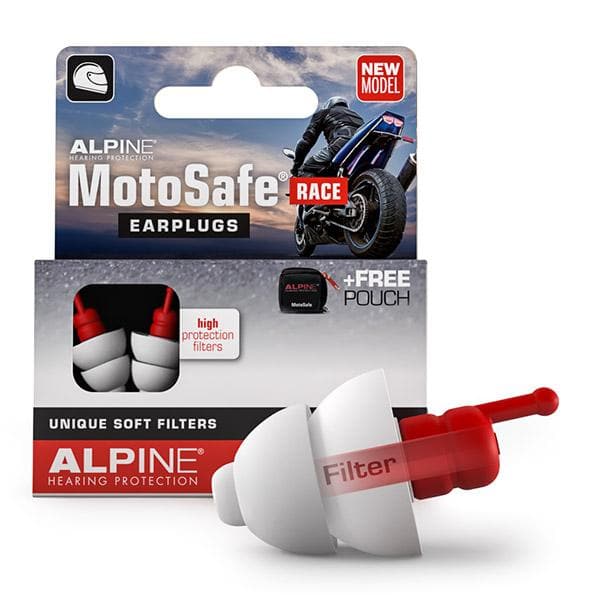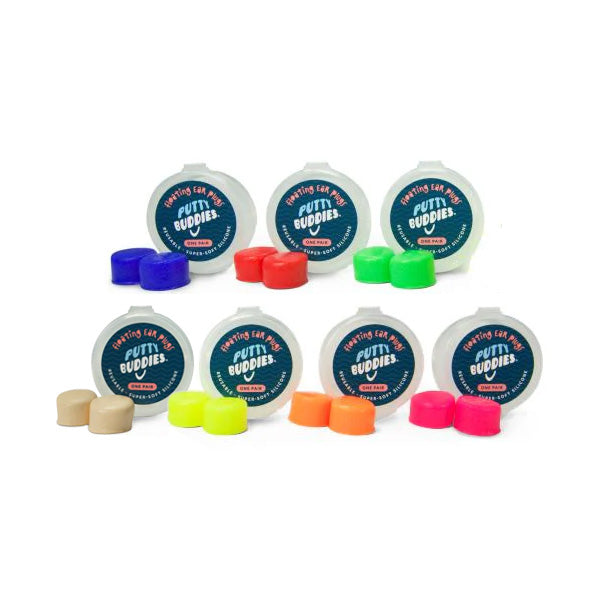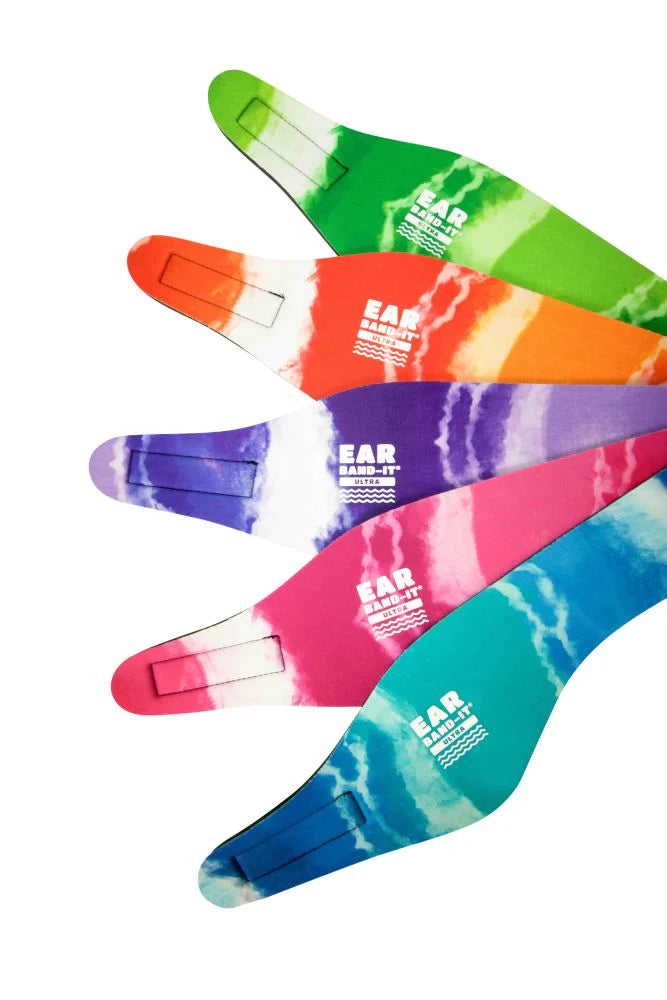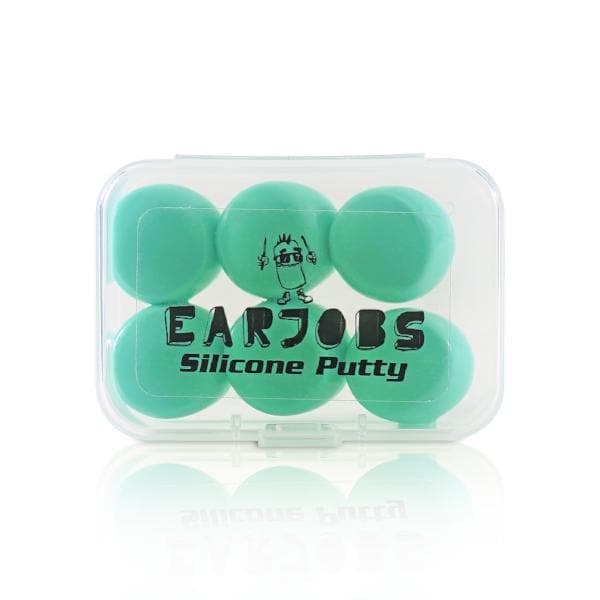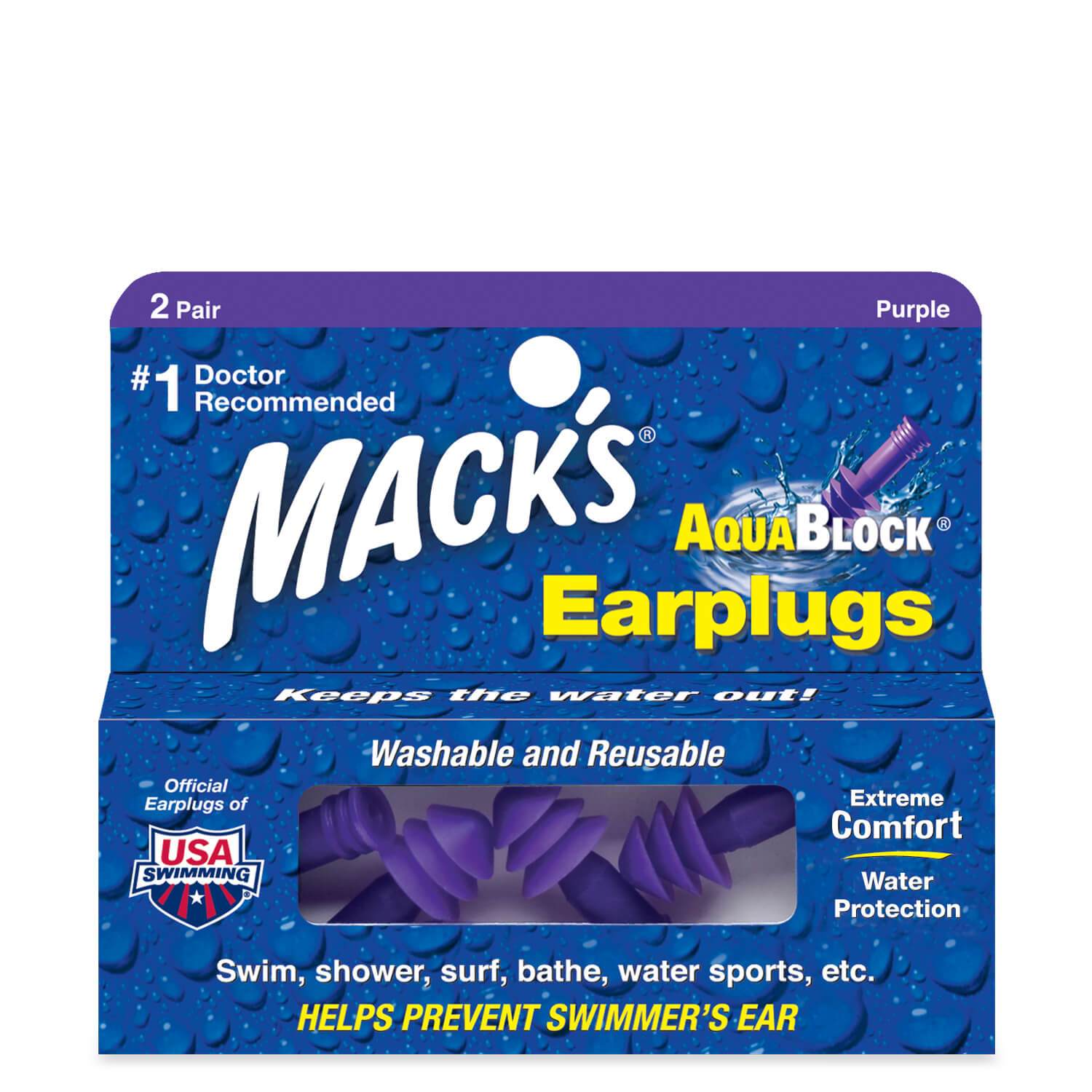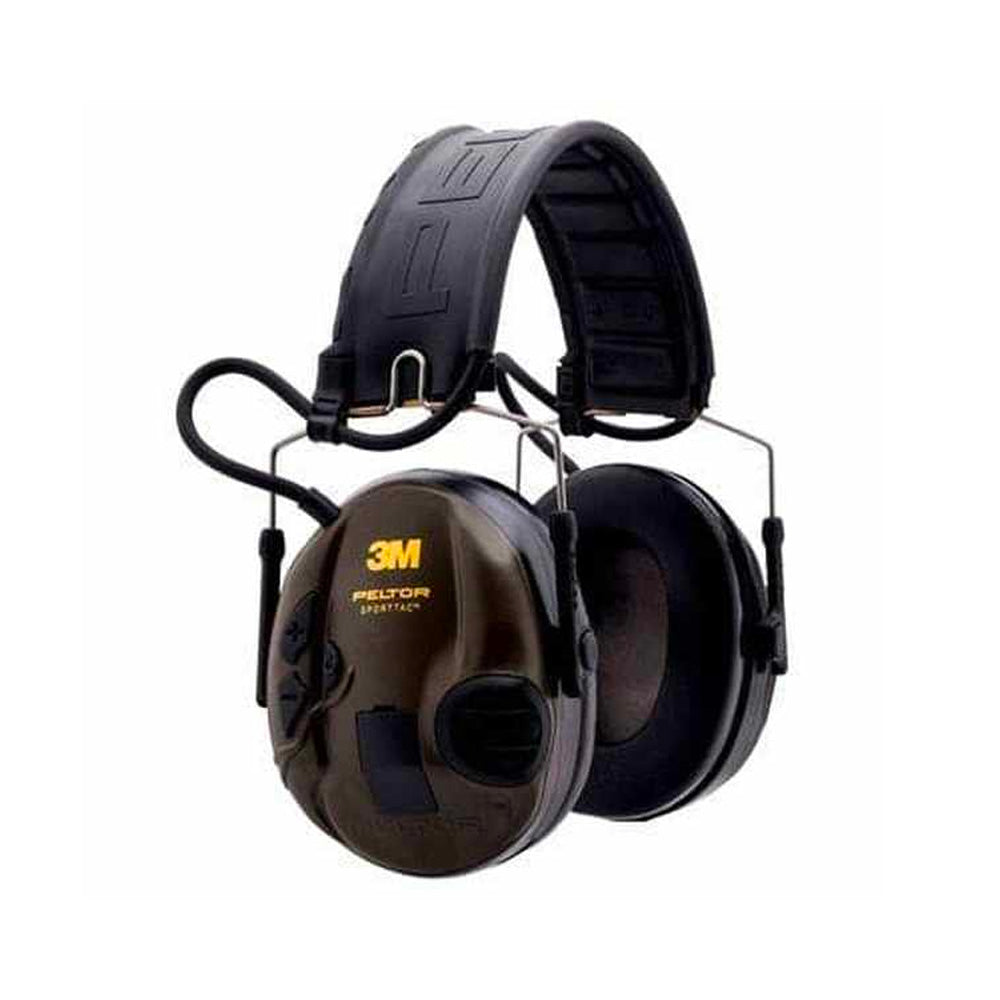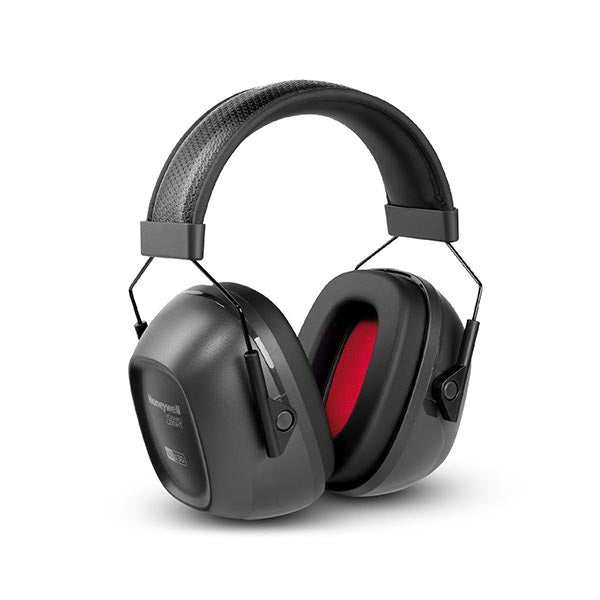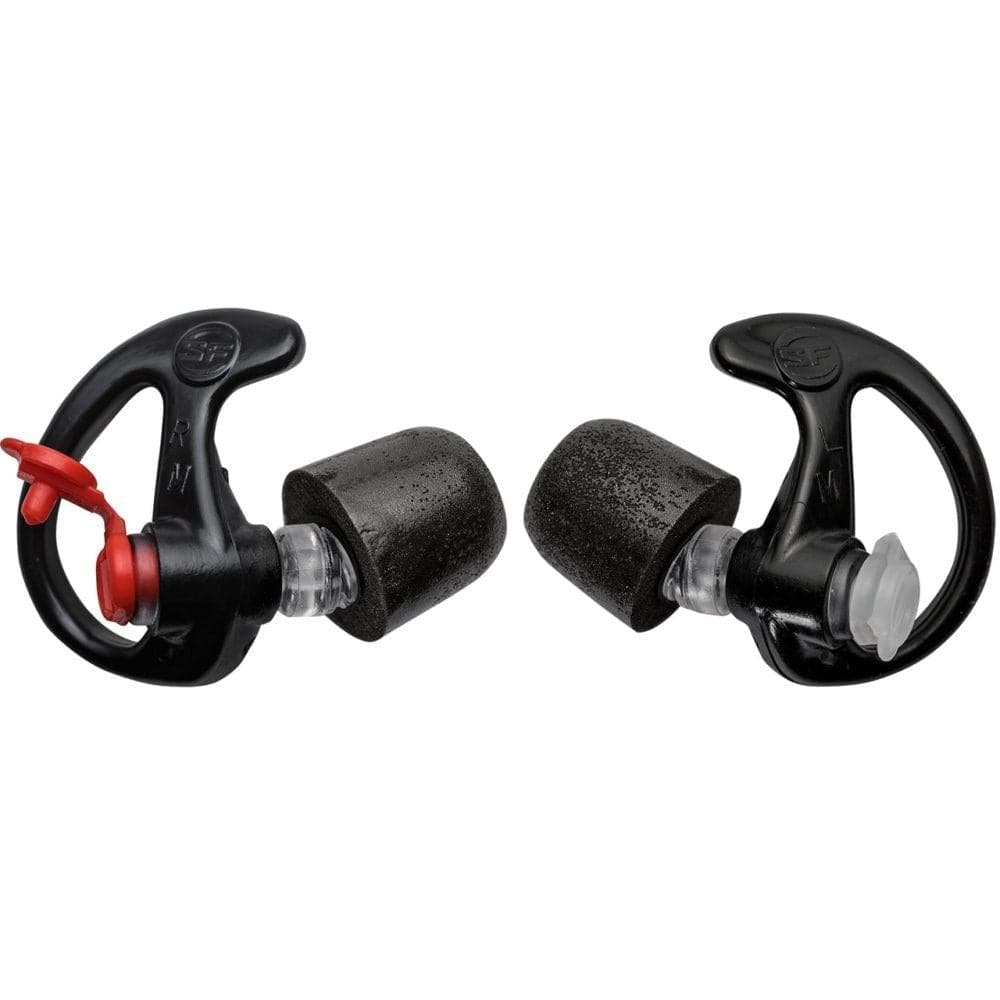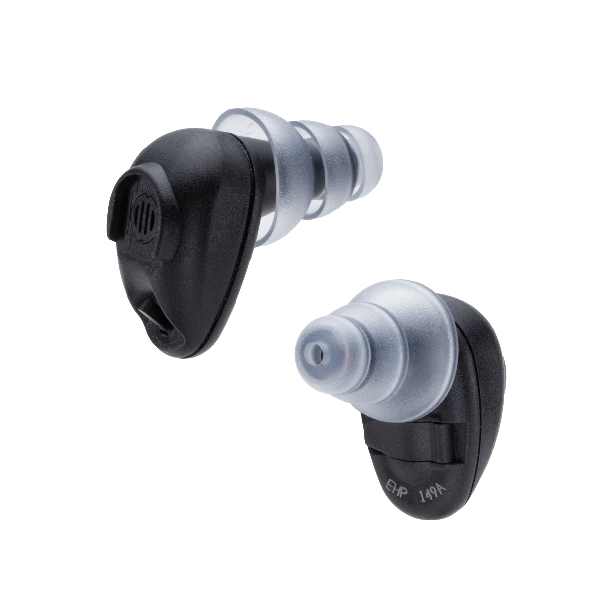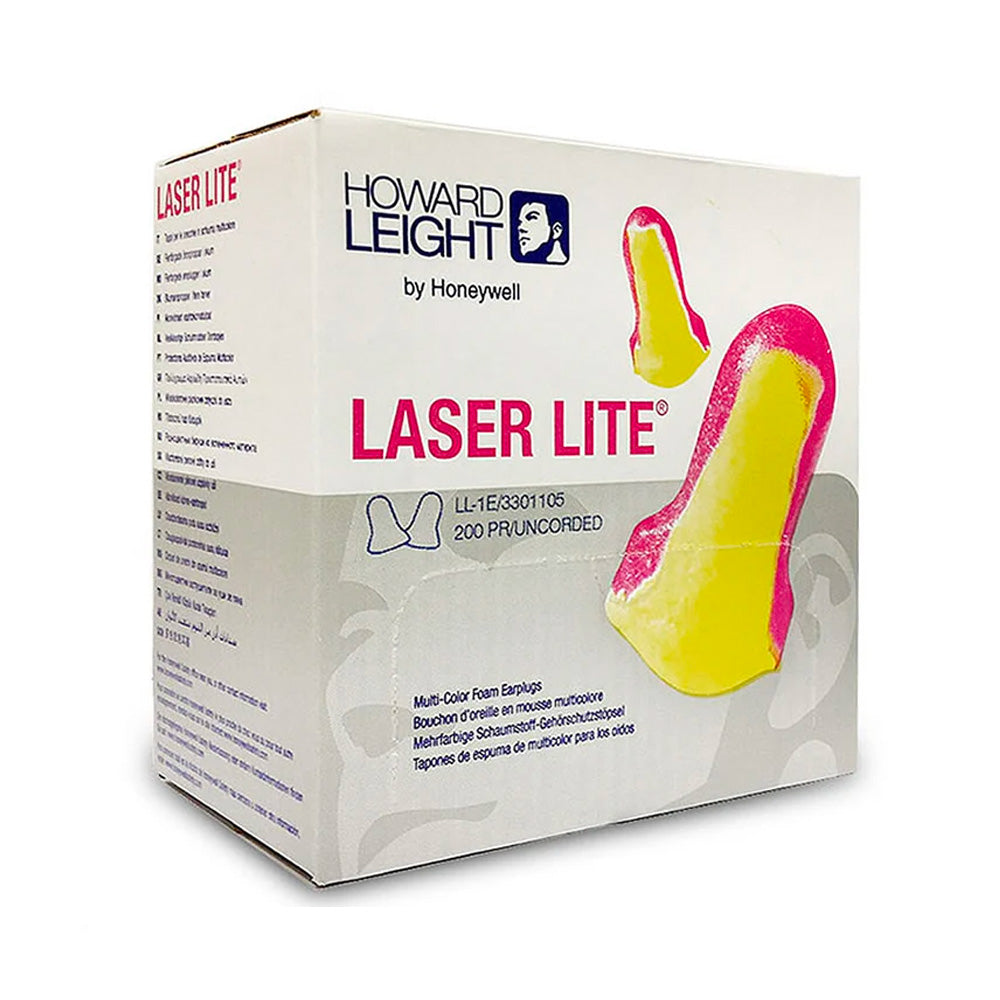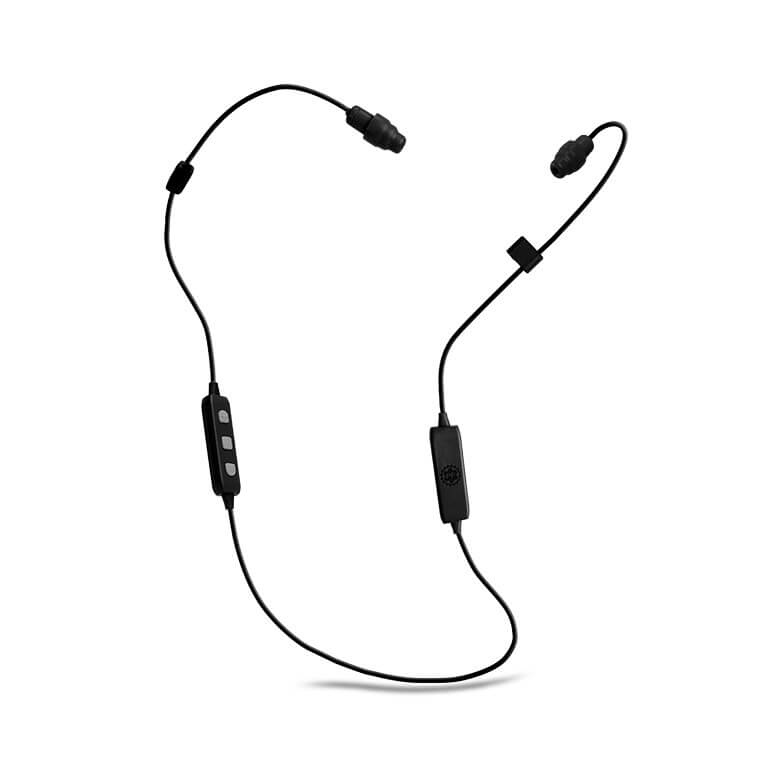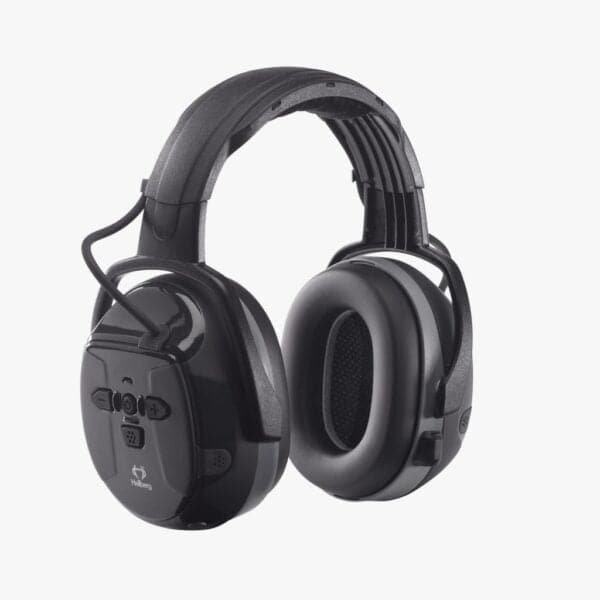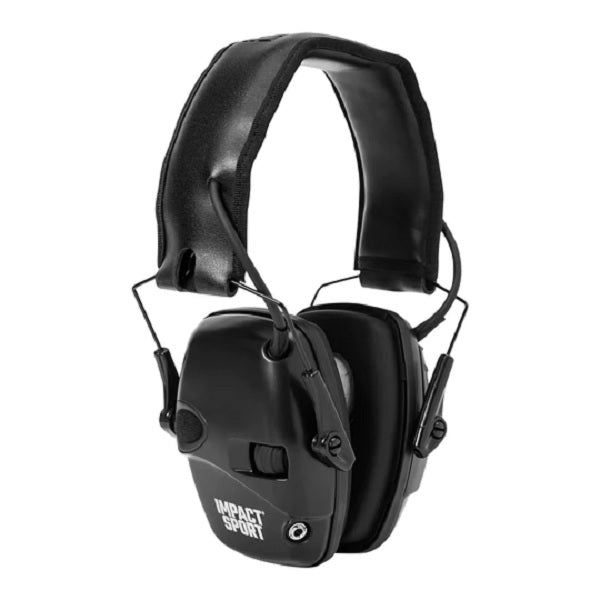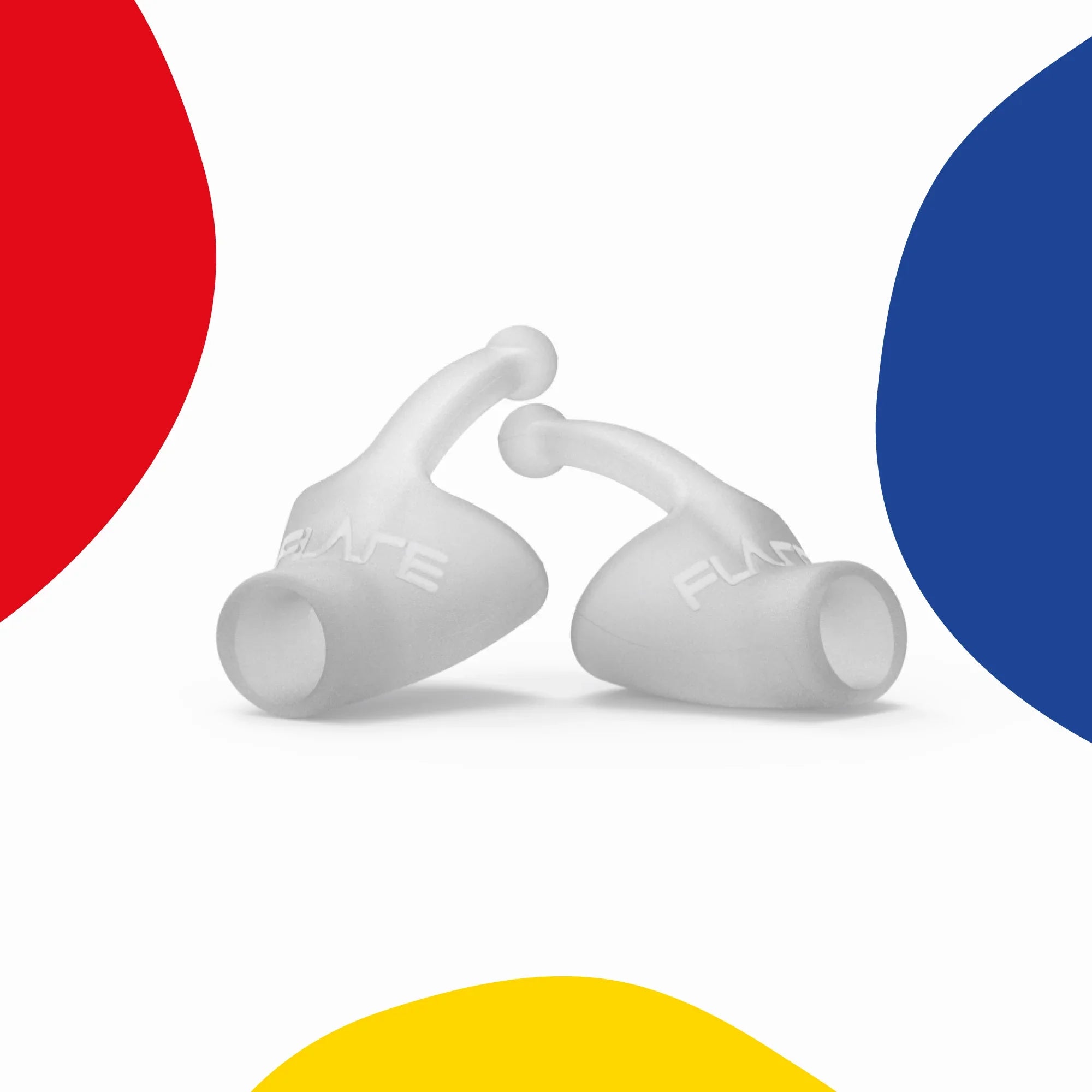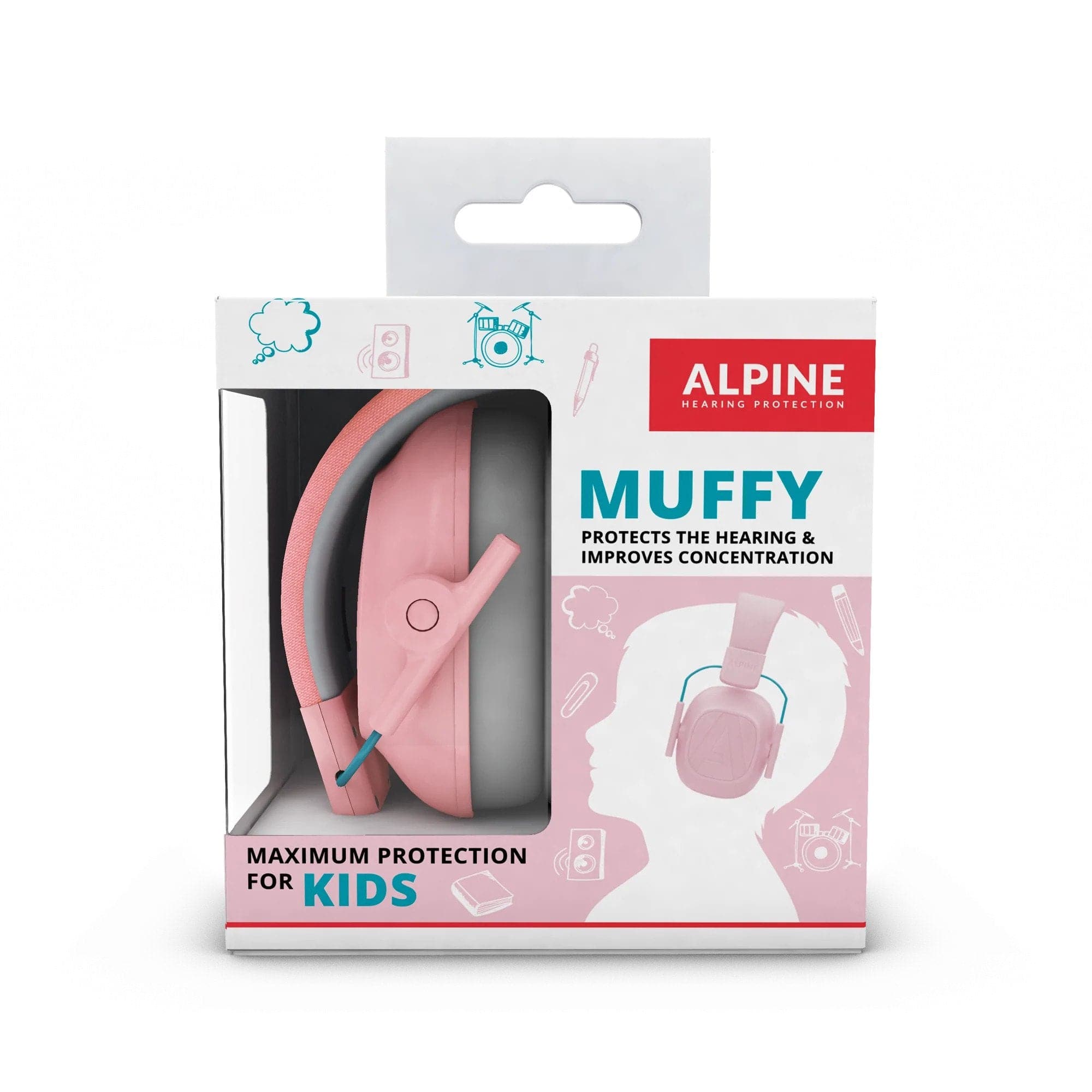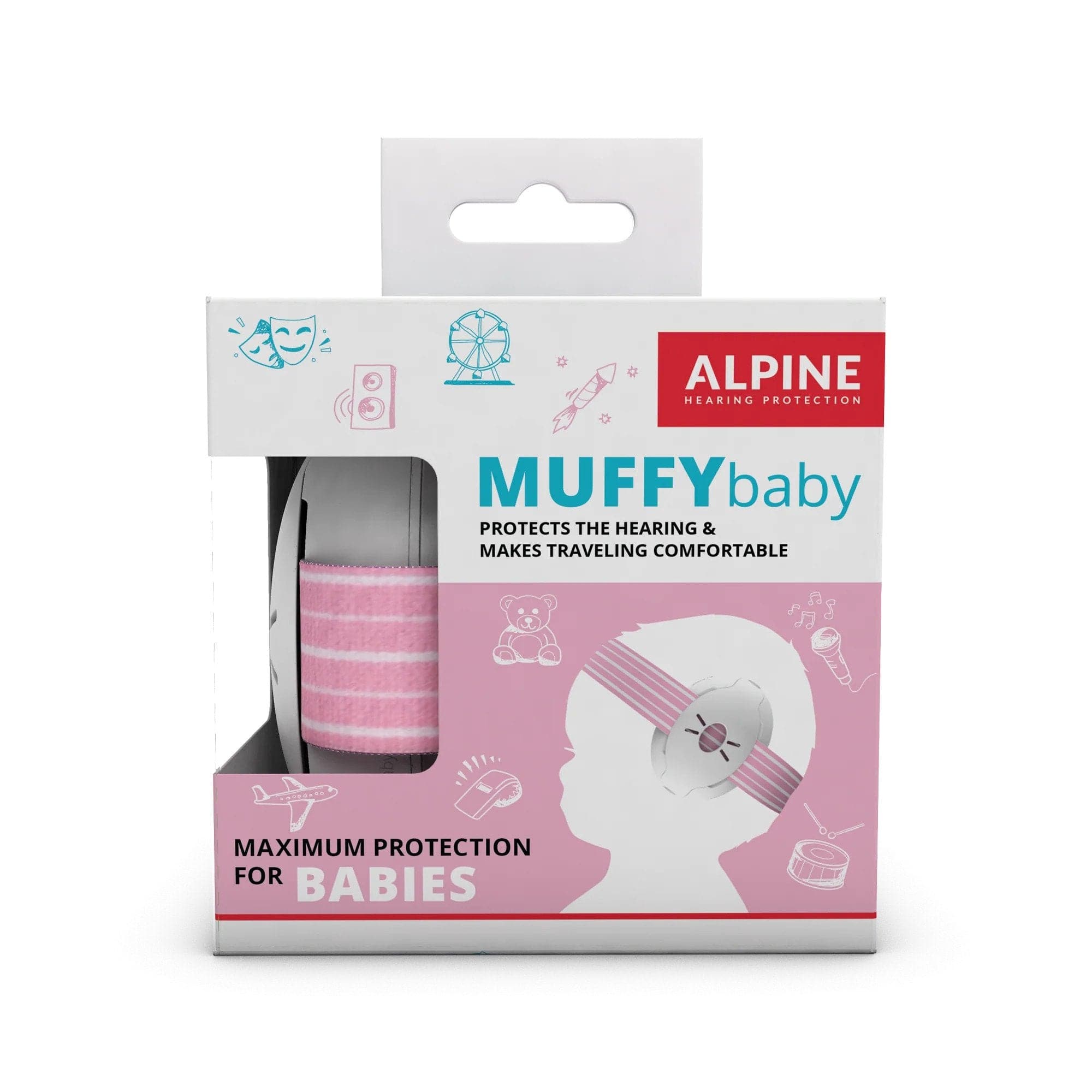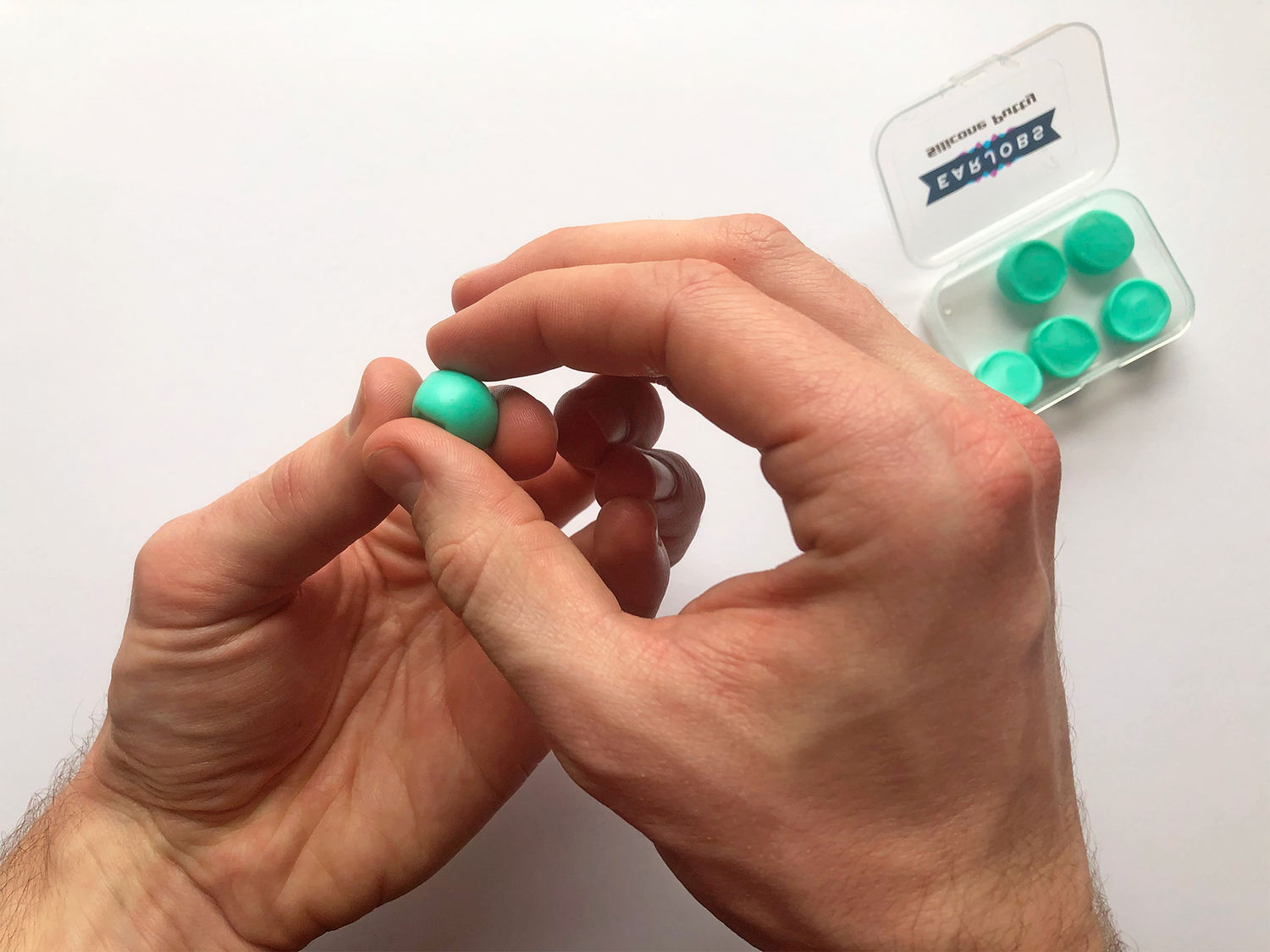Bath time or a trip to the beach can be a real nightmare if your child has grommets or sensitive ears. In fact, a lot of parents report avoiding water based activities entirely — it’s simply not worth the hassle. At Earjobs, we hear every day from parents of children with grommets, looking for solutions that can get their kids back to swimming lessons. We think silicone ear plugs are the best possible solution, providing the best seal against water at the most economical price point. But a lot of parents are intimidated by the act of inserting the plug, they’re worried they’re not doing it correctly, and they’re not sure what a well fitted set of silicone plugs look like.
In this guide, we’re going to run through (with pictures) a step-by-step guide to using silicone plugs. These are a great solution for individuals with grommets or even just sensitive ears. If your child says they don’t like the feeling of wet ears, a set of ear plugs could be the first step towards restoring their love of the water. There are two main products we suggest, the Putty Buddies (which are a larger sized silicone plug, perfect for treating babies, toddlers, or young children’s ears) and the Earjobs Silicone Putty (which are smaller, but more versatile: also great for sleeping, studying, and anything for which plugs can be used). Before we begin the guide, two answers to questions we hear often.
First, why do we think silicone ear plugs are the best solution for children in this situation?
The main advantage is the unique precision of the seal. A child’s ears are small and sensitive, this means that if you use an off-the-shelf reusable plug, there’s a good chance it’s not going to fit flush in their ear. Either it’ll be too large, in which case it will wiggle loose, risking water in the ear, or cause pain and irritation. Alternatively, some smaller child size ear plugs simply end up too small: once more, the seal is not complete and wet ears are the result.
By contrast, and as you will see in this guide, silicone can be moulded to shape over any ear. It works best for children when it’s not so much entering the ear as blocking over the ear. Creating a water-proof seal that’s comfortable and capable of dispelling bath time or swimming lesson anxiety. For children with grommets especially, it represents a real quality of life improvement, returning them to the water and allowing them to be social with their friends and families without stigma or worry.
Okay but are they reusable?
We find that a set of silicone plugs are finitely reusable, depending on how long they retain their stick, you can get anywhere from two to ten uses from a single pair. In our experience, their life is extended by a swimming headband (for example, Ear Band It) which helps keep the plugs flush in the ear even when you’re paddling around in the water. The benefit to these plugs is versatility of fit: a lot of reusable plugs are one size fits most, which can be ineffective or expensive when it comes to children who are growing all the time.
But let’s get into the guide.
1. Remove the pair of the plugs and begin to warm and shape them in your hands.

Straight from the box, regardless of whether you purchased the Silicone Putty or the Putty Buddies, the ear plugs are ready to go. We’re going to warm and shape them with our fingers and then apply them into our child (or perhaps our own!) ears one by one. Make sure you wash your hands first, the ear is a very sensitive organ and you don’t want to get any dirt or sweat or anything on the plugs before inserting them (it’s a recipe for an ear infection!) Once your hands are clean, roll each individual plug one by one in your hands and into a ball, you want them to feel a little warm with a good degree of ‘give’. The benefit of the Putty Buddies is that they’re quite large, they’re designed to cover the entire outer portion of a child’s ear (known as the ‘pinna’). Once they feel like they’ve softened we’re ready to apply.
2. Shape over the ear (a little entrance into the canal is fine, but we really want it to be sticking comfortably over the entire exterior of the ear).

With your hands, press the plug out so that it’s flat and sticking over the ear. Start around the canal, allowing a little bit of the plug’s body to go inside the canal (but not too much). This will help the sticking, but inserting too deeply is not recommended for any ears — particularly not children. Then work outwards pressing down gently so that the natural stick of the plug adheres to the exterior of the ear. Make sure you press down gently as you do this, trust that the material will do the work for you in creating a seal.
3. Test the seal with your eyes (and some help from your child).

Look around the ear, with the Putty Biddies you might see that the entire pinna of the ear is well covered. This is a good sign. The main thing you want to see is that there’s a nice seal around the points where the ear plug meets the skin of the ear, this is going to keep the water out and ensure safe water activity. Depending on how old your child is, they can help with confirming the strength of the seal, get them to trace with their fingers around the edge of the ear plugs — this helps them understand what a safe seal looks like, a good thing for them to know in case it comes detached in the water.
4. (If necessary) strengthen the seal with a swimmer’s headband.

While a swimming headband won’t do anything to reduce water entering the ear, it will really keep the ear plugs from falling out or shifting in the water, making them a great solution for ensuring the best possible seal for children with grommets or sensitive ears. A simple children’s headband is the Ear Band-It or the Ear Band-It Ultra. They come in three separate sizes, are comfortable and springy, and are designed to work with the Putty Buddies.
Conclusion
See, that wasn’t so hard was it? With the seal set up, your child is now safe to hop in the pool or bath without worry for their ears. While a swimming headband would give extra protection, the seal should be sufficient with the plugs to keep them safe. Now they can go back to enjoying the water (and give mum and dad some much needed rest).
As always, these guides are no substitute for medical advice from your GP. Avoid inserting the plugs deep into the ear, this is not advised for young children, and always double check the seal before tossing them in the pool.
To see the rest of our swimming range, click here.

